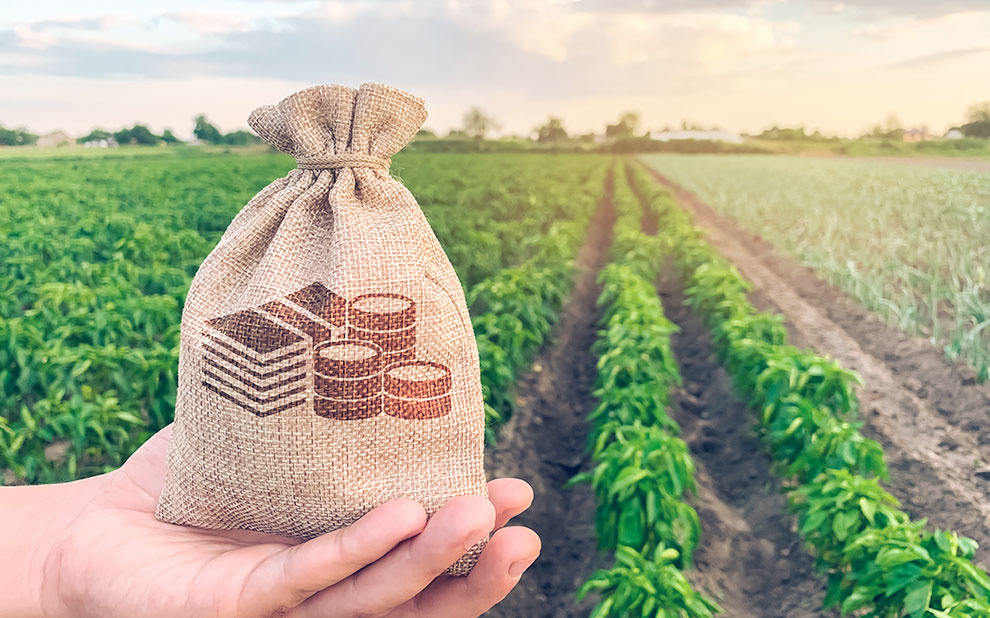An unprecedented survey idealized by the “Movimento Todos a Uma Só Voz” (All with One Voice Movement) and entitled “Perceptions about agribusiness – what Brazilians think” showed that seven out of 10 people in the country have a positive perception regarding agribusiness.
The result is a clipping of the survey, as pointed out by the survey’s general coordinator, Paulo Rovai. On Tuesday, September 28, the complete survey was released at Dom Cabral Foundation (FDC).
The survey interviewed 4,215 people across all Brazilian regions, various age groups, and different social classes.

The majority (65%) in the sample declared a positive attitude towards agribusiness. Conversely, 22% indicated they would boycott the sector, while 43% would be neutral.
For Rovai, those who have already worked (84%) or have relatives that work in agribusiness (80%) tend to evaluate the sector more positively.
On the other hand, the 30 to 59 age group tended to be more critical than the total sample in environmental aspects.
“For this age group, agro is more described as responsible for environmental impacts and misuse of water resources,” explains the coordinator.
“The survey intends to bring to light Brazilians’ closest perception about the sector,” said Paulo Rovai.
For him, these clippings are important because they meet the survey’s objectives, which aim to identify what Brazilians think about agribusiness so that the results can guide a communication plan between the sector and urban society.
“With scientific rigor, methodology, and solid theoretical basis, the survey intends to bring to light the closest perception that Brazilians have about the sector to contribute to the positioning of the various segments and activities that compose it to strengthen the agribusiness brand in Brazil,” explains Rovai.
AGRIBUSINESS ADVERTISING
The survey also reveals that people over 60 years old, significantly from the B class, are part of a public with a greater recollection of agribusiness advertisements.
In the survey, 73% of respondents in this age group said they have memories of agribusiness advertising, and 75% are from the B class. Overall, 64% of respondents said they remember agribusiness advertisements.
The proportion of people who said they remember these advertisements is higher among those who have worked in agriculture (81%) or have a relative who works in the sector (74%), much higher than the sample average.
Among young people, in the 15-19 age group, the proportion of people who had seen advertisements about agriculture was lower than the sample average (53%).
Among this public, 68% of the youngest declare they remember having seen advertisements or news about agro on open television (68%) or on social media (25%).
Still on the subject, according to the survey, nine out of 10 people remember seeing the advertisement or news about Agro on broadcast TV (73%) and cable TV (18%).
SURVEY DATA
- National sample: 4,215 interviews.
- Profile of the Brazilian society: the survey questions were applied to a national sample of 4,215 interviews to represent all strata and profiles of Brazilian society and were carried out by Brasil Panels – considered the largest digital panel in the country, with more than 2 million registered and active people.
- Based on IBGE data: This sample followed the quotas of the Brazilian Institute of Geography and Statistics (IBGE) for gender, age, social class (by family income bracket), and geographic regions.
In total, the survey included interviews with women (52%) and men (48%) with people between 15 and 29 years old (30%); 30 to 59 years old (52%), and over 60 years old (18%), divided into classes A (1%), B (11%), C (39%), and D/E (49%) in the Southeast (42%), Northeast (26%), South (14%), North (9%), and Center-West (9%).
With information from Canal Rural

